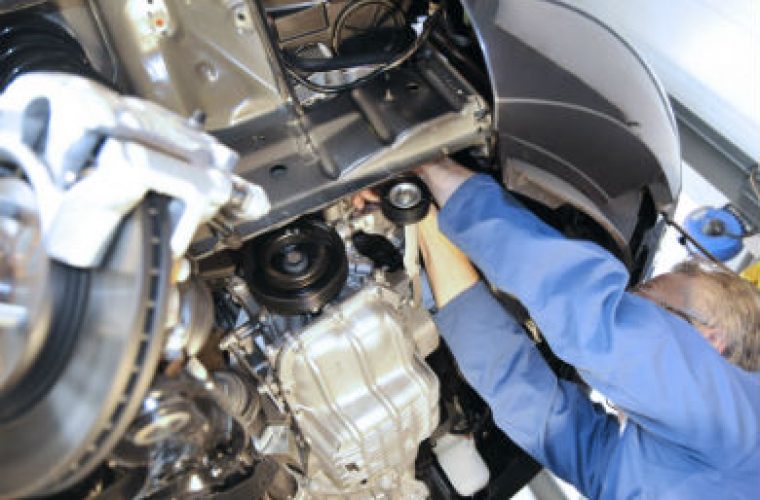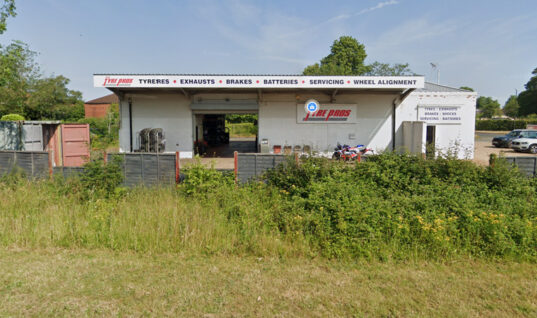Over the course of a year, the Gates Inspector conducts a wide range of technical workshops in a bid to improve drive system technical awareness and to prevent the recurrence of common installation problems.
Gates has reproduced some of the most commonly asked questions by technicians.![]()
What is the most common cause of premature timing belt failure?
There is no single cause, but there are several causes that occur far more frequently than others.
In no particular order, these are:
- Incorrect tension
- Crimping of the belt (bending, folding and mishandling).
- Foreign objects in the drive system (road debris, oil, etc).
- Bearing problems (e.g in water pumps).
The symptoms of failure are commonly misinterpreted as the causes of the failure.
A diagnostic process helps to clarify the position and the kind of questions that should be asked include:
- Could engine failure have caused damage to the drive belt? For example, oil starvation at the camshaft may cause engine seizure.
- Could installation error have caused any problems? For example, the tensioner may not have been set correctly.

If the pulleys in the drive system do not seem worn, can I save the customer some money by not replacing them?
Thirty years ago, the typical timing belt replacement cycle was between 35,000 – 40,000 miles.
The range of replacement cycles in modern vehicles is more likely to be between 80,000 – 150,000 miles.
That’s all thanks to improvements in belt construction and to drive system design.
A mechanic who fails to change a pulley at the scheduled interval because there is no sign of wear clearly expects it to be capable of running for at least another complete duty cycle.
Gates recommends replacement of the other components at the same time as the belt.
The bearings on the components in the drive system that were not replaced will reach the end of their operational life before the end of the next scheduled belt replacement cycle.
This will lead to premature drive system failure and could cause catastrophic engine damage.![]()
Is it OK to replace a Torsional Vibration Damper (TVD) with a solid pulley?
TVDs were introduced to absorb vibrations from the crankshaft and produce smoother drive system operation.
It is worth noting that a failing TVD can cause the noise and vibrations in the Accessory Belt Drive System (ABDS) that many mechanics erroneously believe to be the belt or the tensioner.
Solid pulleys do not provide any damping benefits.
Without this damping function, the vibrations would be transmitted through the ABDS and would inevitably lead to premature belt failure.
The potential for damage does not end there.
As the timing belt is attached to the crankshaft, the absence of a TVD would have adverse implications for the Synchronous Belt Drive System (SBDS).
It is likely that the additional vibrations would eventually contribute to de-lamination of the timing belt and a likely consequence is catastrophic engine failure.
For the same reasons, never replace an overrunning alternator pulley in the ABDS with a solid pulley.
A solid pulley would run, but without the damping benefits of an OAP.
The tensioner would rapidly deteriorate because its own internal damper would be operating outside its limits.
Once again, the consequences are inevitable.







